For those of us who find passion in national iconography, this is a melancholy historical moment. It’s a very bad time for British manufacturing and an even worse one for British symbols. The Chinese-owned maker of the London taxi (which Charles Eames described as one of the greatest designs of all time) is going bust. Soon, all London cabs will be efficient but characterless Mercedes-Benzes, Peugeots or Nissans.
Penguin Books, the most influential and well-meaning Modernist experiment of them all, more useful than its contemporary, the BBC, more international than London Transport, has been acquired by a grim German multinational. And Britain, spiritual home of the commercial jet, long ago lost the ability to manufacture an entire aircraft. BAE Systems, as the inheritor of sonorous brands such as de Havilland, Supermarine and Hawker now prefers to be known, sold its stake in successful Airbus and makes what money it can from the nasty weapons trade.
So there is something bitter-sweet about the recent 50th birthday of the Ford Cortina, the fabled Dagenham Dustbin of bypass and nudge-nudge fame. The 1962 Cortina was the most commercially successful British car of all time. The 1959 Mini was more technologically advanced, but shrewdly cost-conscious Ford stripped one down and determined it could never be built at a profit because of its complexity. Instead, it built the simple but psychologically sophisticated Cortina. Ford did not make much fuss about the Cortina’s half-centenary since the timing was bad: just three weeks ago it announced the end of all vehicle assembly in Britain. In every sense, it is true to say of the Ford Cortina that we will never see its like again.
As a child, I was always surrounded by cars. Like many itinerant managers, my father cared more for his automobile (and the camel-hair coat and saddlebag briefcase and natty suit that went with it) than he did for his house. When I was born he had a majestic Georges Roesch Talbot…with a piston missing. This, I now realise, had a permanent effect on my psychology: my intoxication by the grandeur of it all was compromised by the recurrent suggestion of things not being entirely right.
My childhood memories of cars involve the smell of leather, the gloss of polished walnut and a base-note of angry hot oil. So I well remember the day when a friend of my father showed us his new Ford Cortina. It was the year of ‘Love Me Do’ and the first Bond, but the car was much more exciting than either the Beatles or 007. It was two-tone grey set off with just enough chrome trim to be suggestive of impropriety.
I specially admired the bright-red pleated vinyl upholstery (with that distinctively chemical nose) and the deeply dished steering wheel with its Dagenham-Detroit heraldry under a blob of clear plastic at the boss. There was a bench seat and a column gear-change. The whole gave an impression of being crisply mass-produced, leak-free and optimistic. That is to say, unusual.
This side of television’s 77 Sunset Strip, which informed (sometimes, I fear, unhelpfully) many of my early visions of an earthly paradise, I had never seen anything so confident and modern. My father had now graduated from the Talbot to a half-timbered and thatched Jaguar, but I much preferred the emphatically plastic Ford. I may have been domiciled in provincial British suburbia, but my imagination was in America. Even from the back seat, the Cortina took me there. To savour the curiosity of the moment: at the time, the M1 seemed an exciting vision of future transport options.
Cleverly, Ford’s marketing people had sensed an opportunity in a generation of consumers just emerging from the plateau of rationing to make the journey to the finer uplands of what would become known as lifestyle. The Cortina’s sales brochure featured a motif of rubber stamps from Passport Control: this was a car for the first people to experience package holidays.
The car’s name reflected the same revelatory exoticism that touched people who had heard of Verbier and could order a sweet martini. Instead of being called after tweedy university towns such as Oxford and Cambridge, as was the Morris and Austin fashion, or a game bird, as in Humber Super Snipe, the new Ford was named after Cortina d’Ampezzo, the Dolomites ski resort that had been home to the 1956 Winter Olympics.
But there was another aspect of the Cortina’s place in the history of consumer psychology that I understood only later. In 1958 US Ford had launched the Edsel in Detroit, an ambitious project intended to take the blue-collar manufacturer into higher-margin country club territory. Vast sums were spent on market research; by many estimates no product before or since had ever been so painstakingly and expensively consulted into existence. And nor has any product been such a resonantly catastrophic failure. Ford lost hundreds of millions. To American consumers the Edsel was no more attractive than a dead rat on the end of a stick and many Ford dealers were forced into bankruptcy.
Perhaps Michigan’s gods were angered by the hubris of naming a car after the founder’s son, Edsel B. Ford, when Henry himself had been happy with the utilitarian nomenclature of Model-T. Certainly, Ford’s managers took revenge on the designer responsible for the calamity and the affable, jazz-playing, sports-jacket-wearing Roy Brown was punished by being sent from the Eden of Detroit to the Siberia that was Dagenham. Here, the very first thing he did was create the wonderful Cortina. It cannot be more clearly demonstrated that design is an imprecise science and that consumer response is irrational.
The Cortina lived for 20 years and went through four body styles and some fantastic colours. (Mud brown was once a popular option as were acid yellow and a peculiar Essex lapis lazuli.) Its cheerful, Detroit-sourced vulgarity mocked the refined nostrums of European taste. Bank robbers found its capacious boot a useful accessory to crime, a point controversially made by Nigel Finch’s landmark 1982 television programme The Private Life of the Ford Cortina. In this I played a cameo part as my first public lecture had been called ‘There’s Not Much Zen in a Second-hand Cortina’, an attempt to revise our prejudices about how metal and plastic deteriorate. I wanted others to enjoy the beauty of a rusting Ford with crazed plastic seats.
By 1982 the Cortina, the absolute embodiment of cul-de-sac chic, was gone. Global Ford mandated a global product as a replacement and this was the ambitious but unloved Sierra. Its aerodynamic profile was meant to say ‘advanced technology’, but the tabloids searched for suburban nursery metaphors and called it a jelly-mould instead. Ten years later came the Sierra’s own successor. That Tony Blair saw in the latest new Ford a human category and named him Mondeo Man acknowledged what the Cortina had earlier achieved: an absolute identification of machine with its market.
Ford no longer makes cars here. And now politics has less clearly defined target groups. In 2012 we can see that the dear old Ford Cortina represents a (metallic) golden age of British popular culture. In every sense we should salute the Dagenham Dustbin and regret its passing.
The post The Dagenham Dustbin appeared first on The Spectator.
Got something to add? Join the discussion and comment below.
Get 10 issues for just $10
Subscribe to The Spectator Australia today for the next 10 magazine issues, plus full online access, for just $10.

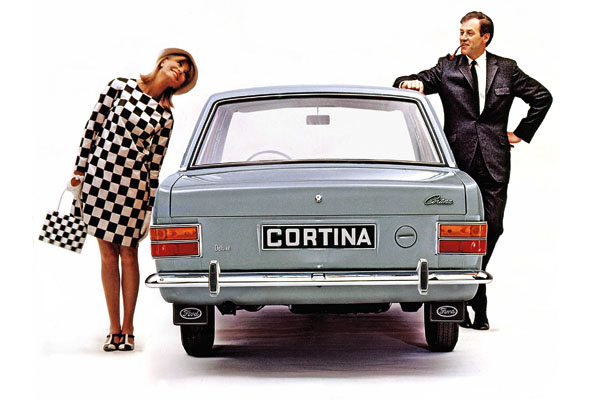
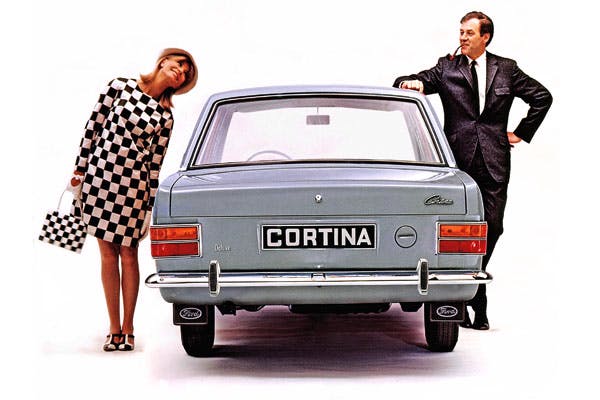
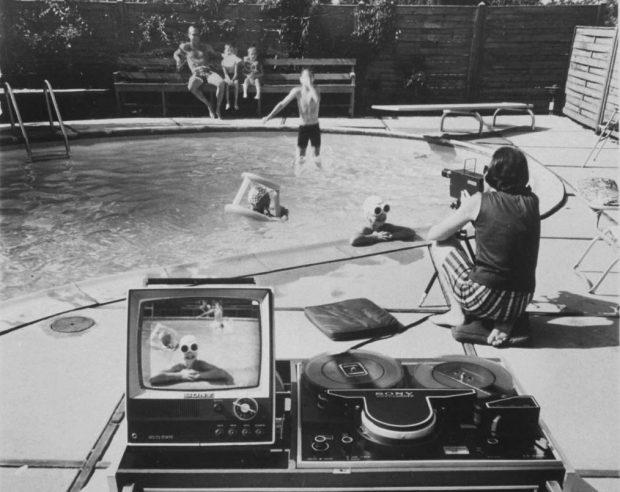
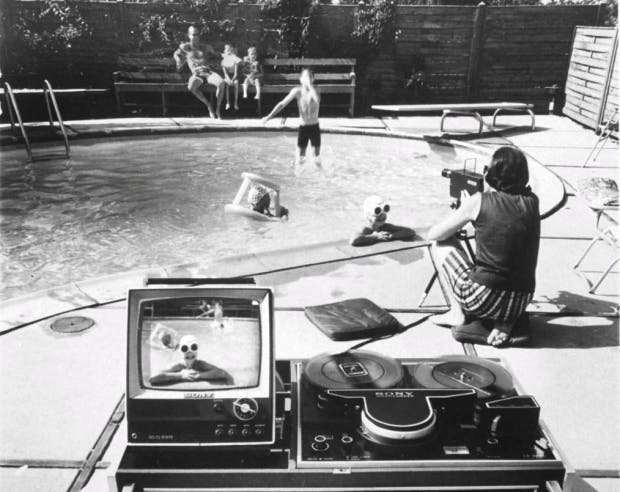

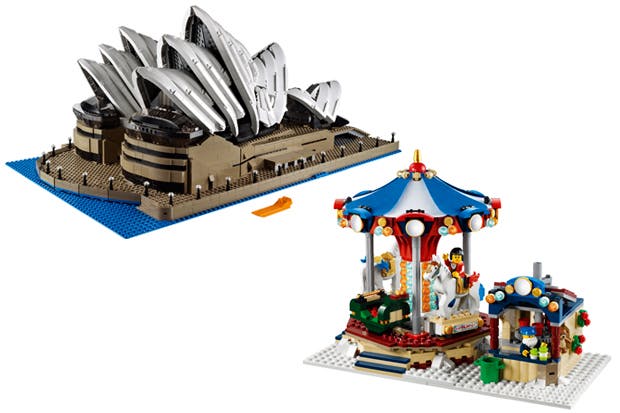







Comments
Don't miss out
Join the conversation with other Spectator Australia readers. Subscribe to leave a comment.
SUBSCRIBEAlready a subscriber? Log in